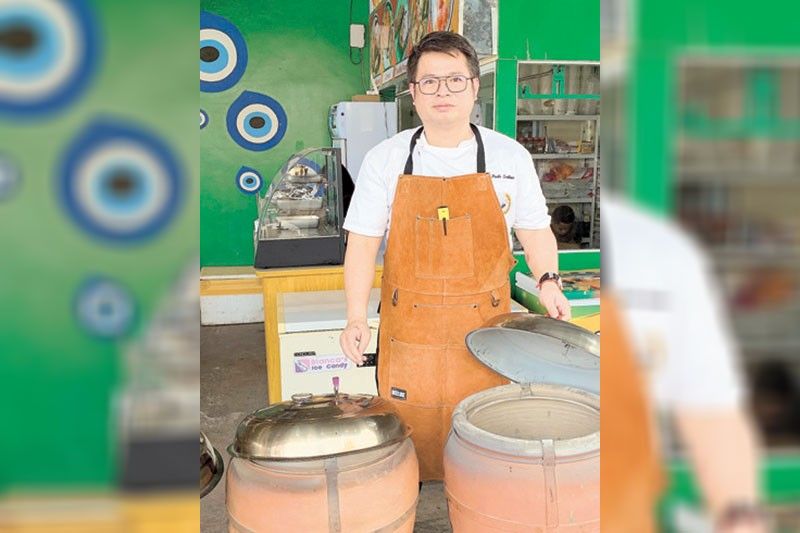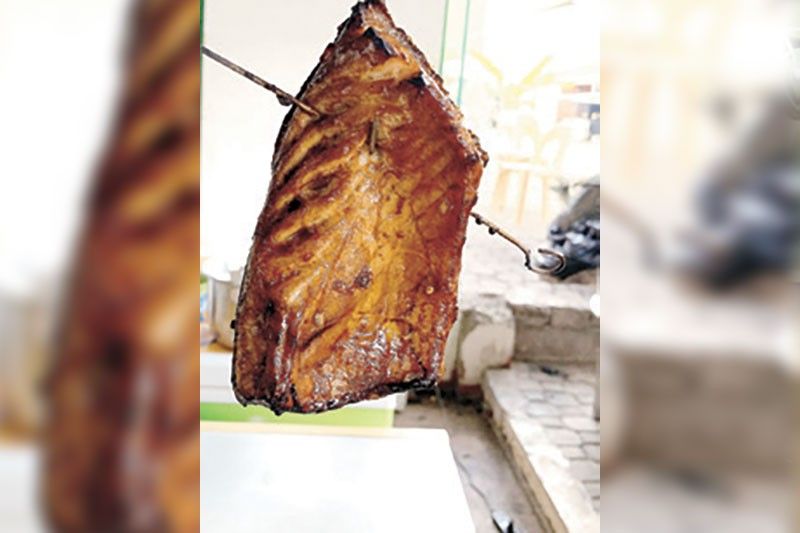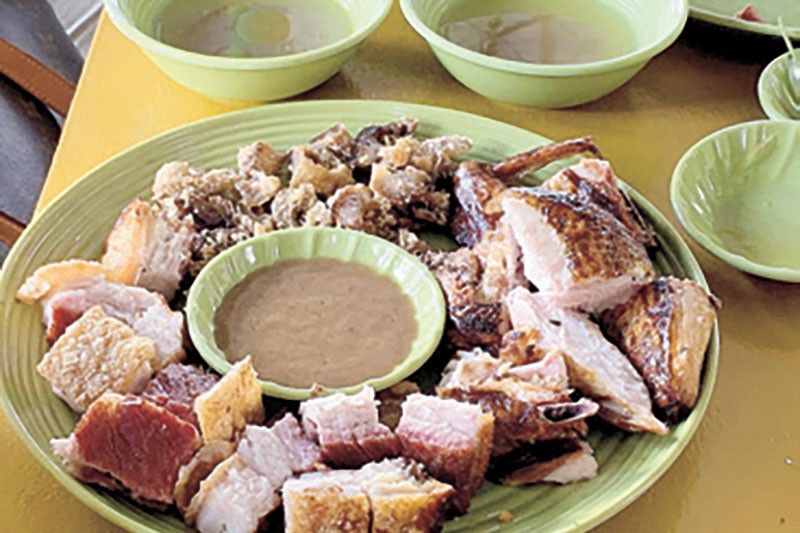Ihaw-ihaw reinvented

In a small, unpretentious restaurant in Calasiao, Pangasinan, chef Paolo Lambino takes the concept of ihaw ihaw to a whole new level. To grill the meats and seafood, Lambino doesn’t just use charcoal — he uses sampaloc (tamarind) wood, too.
“Sampaloc is fragrant,” . “It gives the food an extraordinary flavor.”
But it’s not just a matter of putting the branches of the sampaloc tree on the hot embers. Before they use the wood, they cure it for six months to dry it thoroughly and remove the excess moisture. It took a lot of experimenting but with diligence and hard work, Lambino and his team figured out how to achieve just the right texture to make the wood suitable for grilling.

The result is inihaw that makes customers keep coming back to Bai Lilia. Bestsellers include the chicken, pork liempo and tuna belly.
“The chicken is very good. It’s tender and moist and freshly cooked,” said a group of customers. “Laging bagong luto (always freshly cooked).” The group ordered the unli chicken, which gives them, for the reasonable amount of P269 per head, unlimited chicken and rice, plus sidings of soup, achara, salted egg and tomatoes.

More than just token additions, the side dishes have their own merits. Made with strips of fresh green papaya, carrots, garlic and red peppers pickled in brine, the achara has that mouth puckering tangy flavor that perfectly balances the richness of the chicken and pork. The salted duck eggs are made by a women’s livelihood project while the native tomatoes are fully ripened and freshly picked from the farms. We liked the achara so much we ordered a few bottles to take home, while my companion Millet Orosa ordered several dozens of the salted eggs to give to friends back in Manila.
As for the tuna belly, Lambino says they use only the premium cuts, which are a bright shiny red (as opposed to those that are grayish), just like the ones used for sashimi The result is tuna that is moist and succulent, tasting of both the freshness of the sea and the smokiness of the wood.
On the other hand the pork, being liempo (the belly cut), has just the right ratio of fat to meat. The fatty parts give the meat a deeper flavor and keep it from being dry.
But what really impressed us was the kansi. This Negros specialty has acquired a new life, a Southern dish reborn in the Northern territories of Pangasinan. While Lambino uses the traditional batwan as a souring agent, he cooks this soupy meat dish differently by first tenderizing beef kenchi over smoking wood for three long hours. With the tender cubes of kenchi layered over a bowl of soup soured by batwan, it’s like a cross between sinigang and nilaga, with the sourness of the former and the heartiness of the latter. If ever there’s a dish that unites the North and the South, kansi as cooked by Lambino is it.
Aside from the use of sampaloc wood, what makes Bai Lilia unique is the use of clay pot as pugon, or native oven. A graduate of the Global Academy, Lambino says he was inspired by his great grandaunt Maria Orosa, a war hero who invented the original clay pot oven in the 1920s (his great grandmother, Simplicia, was the elder sister of Maria). To make it more applicable for commercial purposes, he modified Maria’s invention slightly. He also has a stainless steel vertical oven which he uses for smoking meat and a more sophisticated griller that can be raised higher or lower depending on the amount of heat needed.
Although Bai Lilia is often deluged by customers, Lambino says it didn’t start out this way. When they first opened they were positioning themselves as more of a takeout restaurant, with customers just dropping by to pick up their orders. But when they put some tables, the customers started sitting down and wondering what they could eat while waiting for their orders. It was only a matter of time before the place turned into the eatery that it is today.
Aside from the aforementioned bestsellers Bai Lilia also serves street food such as isao and zigzag. Soon they’ll also be serving halo halo, using a Korean made machine which crushes ice to a fine powdery texture.
Ihaw-ihaw and halo-halo? It’s a winning combination in this little corner of Pangasinan.
* * *
Bai Lilia is located in Calasiao Arcade, Calasiao-Dagupan road, Calasiao, Pangasinan.



















